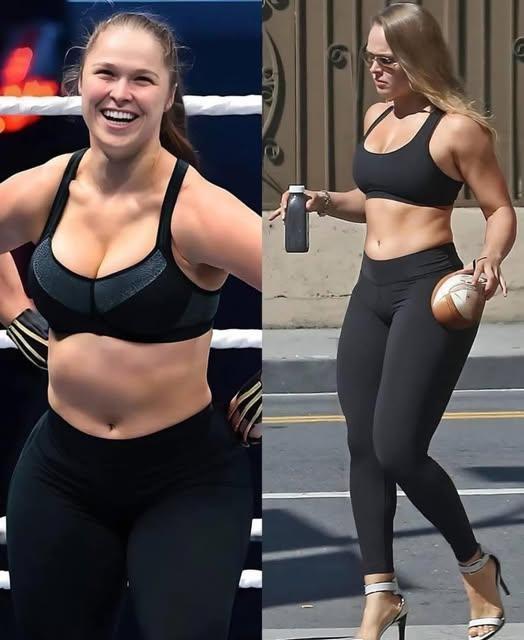Understanding Style, Self-Image, and the Power of Personal Expression

Personal Style and Self-Expression: How Fashion Shapes Identity and Confidence
Human life is a tapestry woven from countless threads—relationships, ambitions, experiences, and the way we choose to express ourselves. Among these, appearance and style often play a surprisingly vital role. The way we present ourselves—through clothing, grooming, and body language—can reveal as much about us as our words do.
Style is not just about fabric or trends. It connects deeply to self-image, confidence, and personal empowerment. A strong sense of style can boost self-esteem, while a fragile relationship with appearance may hold someone back.
This article explores the profound connection between personal style, emotional well-being, and individuality—showing how authentic self-expression can empower people, how fashion reflects identity, and why embracing one’s unique look can be both liberating and healing.
How Surroundings Shape Self-Perception
Our self-image develops through a blend of internal beliefs and external feedback. Family, friends, colleagues, and society all influence how we see ourselves.
Negative impact: Constant criticism such as “too plain” or “too bold” can chip away at confidence, making people question their choices.
Positive impact: Encouragement to experiment and explore strengthens individuality and self-worth.
This shows that style isn’t superficial—it’s tied to belonging, resilience, and emotional health.
💡 Takeaway: Supportive environments help people embrace their authentic style; judgmental ones often silence it.
Style as a Mirror of Identity
Style is a visual language. It tells stories about personality, mood, and values without a single word.
Sharp, clean lines → professionalism and order.
Colorful prints → playfulness and positivity.
Minimalism → clarity, focus, and elegance.
As Coco Chanel famously said: “Fashion passes, style remains.” While trends come and go, true style lasts because it reflects authenticity.
💡 Takeaway: Your wardrobe should speak your truth, not just follow trends.
10 Major Style Archetypes
Understanding style directions can help refine your look—or inspire new ones. Here are 10 key categories:
Classic Elegance – Tailored cuts, neutral palettes, timeless pieces. Projects refinement and stability.
Business Precision – Blazers, trousers, structured skirts. Communicates authority and discipline.
Refined Tradition (Chanel-Inspired) – Tweed, pearls, elegant silhouettes. Quiet sophistication with modern flair.
Romantic Softness – Pastels, lace, flowing fabrics. Warm, graceful, and approachable.
Sporty Practicality – Sneakers, relaxed cuts, activewear. Comfortable, energetic, and confident.
Avant-Garde Experimentation – Asymmetry, bold contrasts, artistic details. Perfect for risk-takers and creatives.
Cultural & Folklore – Embroidery, traditional patterns, natural fabrics. Honors heritage and authenticity.
Fantasy & Whimsy – Dramatic silhouettes, playful elements, costume-like touches. Appeals to dreamers and storytellers.
Eclectic Fusion – Mixing different categories (e.g., sneakers with a romantic dress). Flexible and curious.
Glamorous Boldness – Luxurious fabrics, sparkle, statement jewelry. Radiates charisma and confidence.
💡 Takeaway: Discover which categories resonate most with you—your style may be one, or a mix of many.
The Psychology of Clothing and Confidence
Psychologists highlight a concept called “enclothed cognition”—the idea that what we wear affects how we feel and perform.
Wearing outfits aligned with identity → boosts confidence, optimism, and capability.
Wearing clothes under pressure or judgment → creates anxiety and disconnection.
This is why reclaiming personal style can be healing—it restores independence and self-trust.
💡 Takeaway: The right outfit doesn’t just change how you look—it changes how you feel.
Balancing Trends with Authenticity
Fashion is fast-moving, but true style doesn’t have to chase every new release. The secret is balance:
A classic dresser might add a trendy handbag.
A romantic stylist could mix in modern cuts.
An avant-garde enthusiast may use current colors while keeping bold shapes.
💡 Takeaway: Use trends as inspiration, not as rules.
Practical Steps to Discover Your Style
If you’re refining or rediscovering your personal style, try these steps:
Self-Reflect – Which colors, fabrics, and silhouettes make you feel happiest?
Review Your Wardrobe – Notice the pieces you wear most often.
Collect Inspiration – Save images from magazines, social media, or history that spark joy.
Prioritize Comfort – Confidence grows when you feel physically good.
Experiment – Mix unexpected pieces to find what feels unique to you.
Resist Pressure – Style is yours alone—ignore dismissive feedback.
Style as Freedom and Identity
At its core, style is about freedom. It’s the canvas on which individuality is painted. Beyond fashion, it reflects courage, self-respect, and authenticity.
Whether you embrace classic elegance, sporty simplicity, or avant-garde boldness, your style is a declaration:
👉 “This is who I am, and I am proud of it.”





